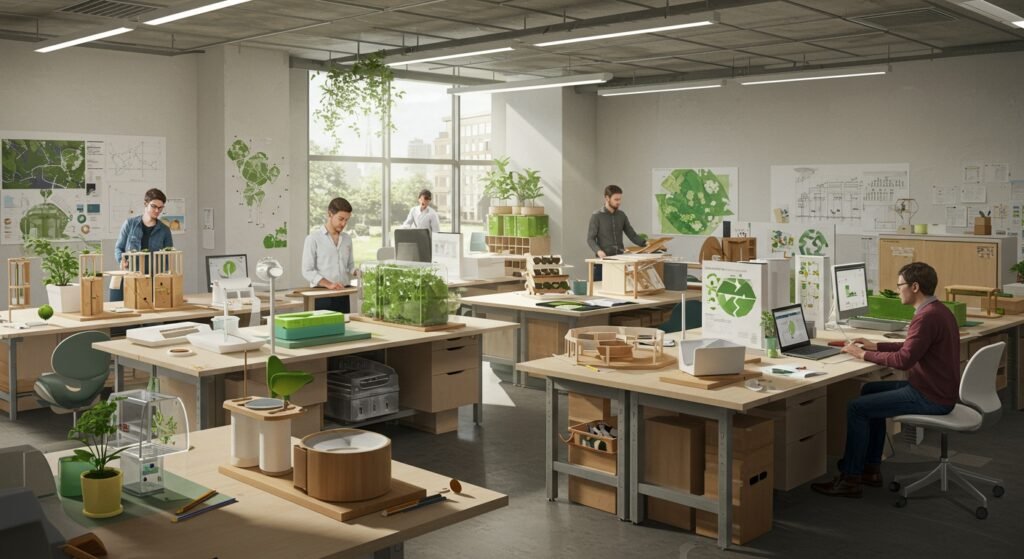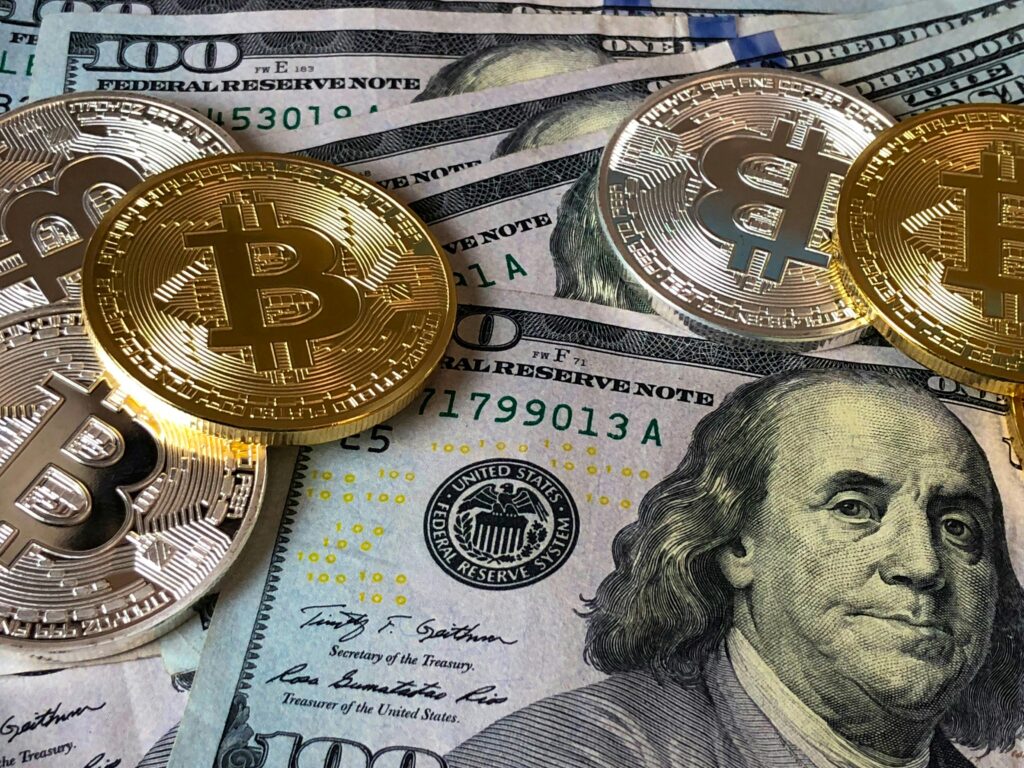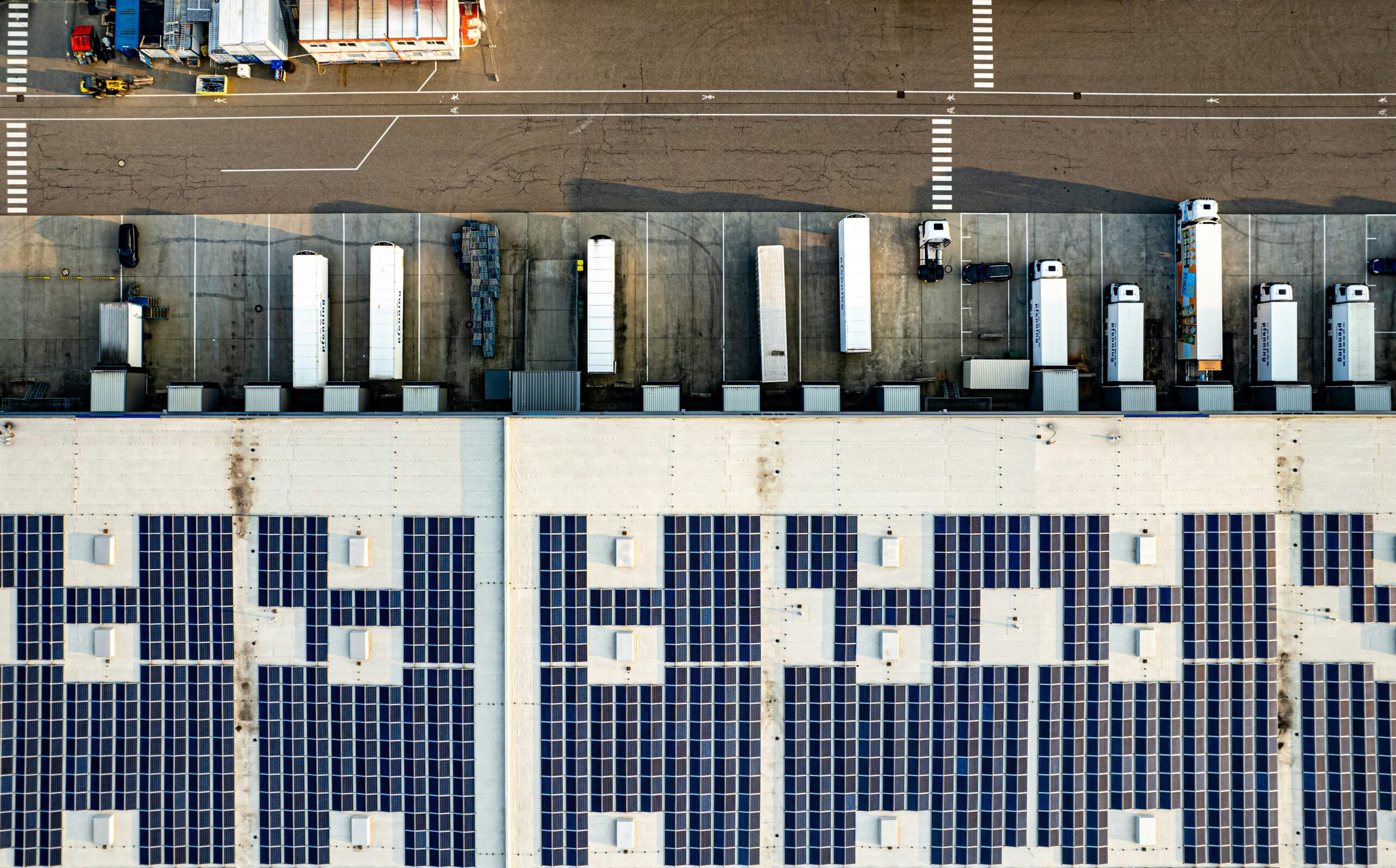Sustainability in Industrial Design
In an era defined by environmental consciousness, the concept of Sustainability in Industrial Design has emerged as a critical paradigm shift. This field focuses on creating products that minimize environmental impact throughout their entire life cycle, from raw material extraction to disposal. It’s not just about making products ‘green’; it’s about fundamentally rethinking how we conceive, produce, and consume goods to foster a more sustainable future. Industrial designers are at the forefront of this transformation, integrating ecological principles with innovative design practices to meet both user needs and planetary limits.
Table of Contents
- What is Sustainability in Industrial Design?
- Key Strategies for Eco-Conscious Product Development
- The Role of Circular Economy
- Challenges and Future Trends in Industrial Engineering
- Impact and Benefits for Businesses and Consumers
What is Sustainability in Industrial Design?
Sustainability in industrial design is the practice of designing products, services, and systems that have a minimal negative impact on the environment and society, while still being economically viable and meeting user needs. It encompasses a holistic approach, considering the social, economic, and environmental dimensions of product creation. This involves everything from responsible sourcing of materials to end-of-life management, ensuring that products contribute positively to the planet rather than depleting its resources.
Core Principles of Sustainable Design
- Design for Durability and Longevity: Creating products that last longer reduces the need for frequent replacements, conserving resources.
- Material Efficiency: Minimizing the amount of material used and maximizing the use of recycled or renewable resources.
- Low Impact Materials: Prioritizing materials that have a low environmental footprint in their production and disposal.
- Energy Efficiency: Designing products that consume less energy during their manufacturing, use, and disposal phases.
- Design for Disassembly and Recycling: Ensuring products can be easily taken apart and their components recycled or reused.
- Closed-Loop Systems: Aiming for circular processes where materials are continually reused and waste is eliminated.
Key Strategies for Eco-Conscious Product Development
Implementing sustainability requires a multi-faceted approach. Designers must integrate environmental considerations from the initial conceptualization phase through to manufacturing and distribution. This proactive approach ensures that environmental impacts are minimized upstream, rather than trying to mitigate them downstream.
Material Selection and Innovation
The choice of materials is perhaps the most critical decision in sustainable industrial design. Designers are increasingly turning to innovative materials that offer lower environmental impacts. This includes bioplastics derived from renewable biomass, recycled content plastics, reclaimed metals, bamboo, and mycelium-based composites. Research into advanced materials like self-healing polymers and carbon-negative concrete also offers promising avenues for future development. Understanding the full life cycle of materials, including extraction, processing, and transportation, is crucial for making informed choices.
Life Cycle Assessment (LCA)
Life Cycle Assessment is a methodology used to evaluate the environmental impacts of a product throughout its entire life cycle, from raw material extraction to manufacturing, distribution, use, repair, maintenance, and disposal or recycling. LCA helps designers identify the stages where environmental impact is highest, allowing them to make targeted improvements. For more detailed insights, you can consult external resources like the European Commission’s page on LCA.
The Role of Circular Economy
The transition from a linear ‘take-make-dispose’ economy to a circular economy is fundamental to achieving true sustainability. In a circular economy, resources are kept in use for as long as possible, extracting the maximum value from them whilst in use, then recovering and regenerating products and materials at the end of each service life. This concept heavily influences industrial design by promoting products that are durable, repairable, reusable, and recyclable. It shifts the focus from selling products to providing services, encouraging business models like product-as-a-service (PaaS).
Below is a simplified comparison of traditional vs. circular approaches in industrial design:
| Aspect | Traditional Design (Linear) | Circular Design |
|---|---|---|
| Resource Flow | Take-Make-Dispose | Reduce-Reuse-Recycle-Repair |
| Product Lifespan | Designed for Obsolescence | Designed for Longevity & Adaptability |
| Material Sourcing | Virgin Materials Dominant | Recycled, Renewable, Regenerative |
| Waste Management | Landfill/Incineration | Resource Recovery & Upcycling |
| Business Model | Product Ownership | Product-as-a-Service, Sharing |
Challenges and Future Trends in Industrial Engineering
While the momentum towards sustainability is growing, challenges remain. These include the cost of sustainable materials, lack of consumer awareness, complex supply chains, and the need for new business models. However, the future of industrial engineering is undeniably green, with several trends shaping its evolution. Learn more about the importance of industrial engineering in our guide to modern manufacturing.
Emerging Technologies and Materials
New technologies such as additive manufacturing (3D printing) allow for on-demand production and reduced material waste. Advanced recycling techniques are making it possible to recycle more complex materials. The integration of AI and machine learning in design processes can optimize material use and energy efficiency. Furthermore, the development of entirely new sustainable materials, like self-healing concrete or biodegradable electronics, promises to revolutionize product development.
Impact and Benefits for Businesses and Consumers
Adopting sustainable practices offers significant benefits beyond environmental stewardship. For businesses, it can lead to cost savings through reduced material consumption and waste, enhanced brand reputation, compliance with evolving regulations, and access to new markets. Consumers benefit from higher quality, more durable products, reduced energy bills, and the peace of mind that their purchases are not harming the planet. The shift to sustainable practices also stimulates innovation and creates new job opportunities in green industries.
Conclusion
Sustainability in Industrial Design is not merely a trend but a fundamental shift towards responsible innovation. It demands a holistic perspective, integrating environmental, social, and economic considerations into every stage of product development. As consumer awareness grows and regulatory pressures increase, designers and manufacturers are increasingly embracing these principles. The ongoing evolution in materials science, manufacturing technologies, and business models promises a future where design not only creates beautiful and functional products but also champions the health of our planet. This commitment to eco-conscious design is paramount for building a resilient and thriving future for all.


